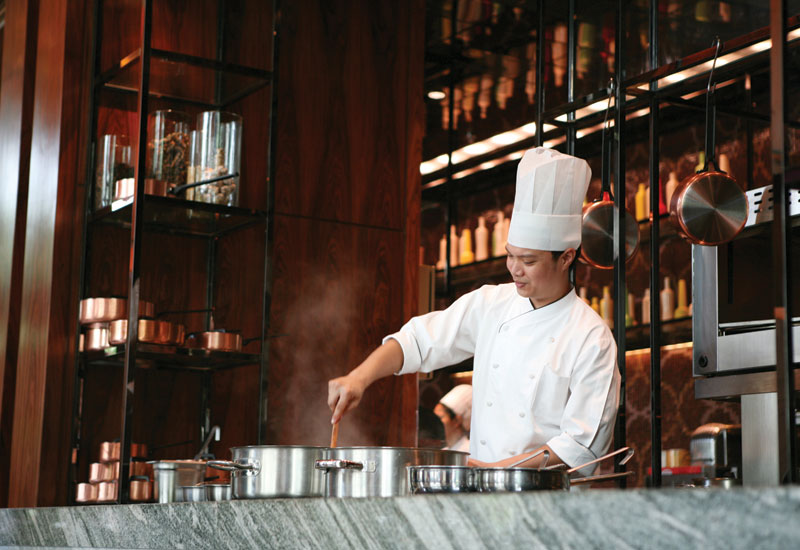The food and beverage business has a unique advantage when it comes to social media. For one thing, we’re allowed — even expected — to be more creative. For another, F&B is inherently social — whether it’s fine dining, hotel stays, or nights out, people love to experience these things with friends and family, then share them on Facebook or Instagram.
So if you’re not fully harnessing the power of social to connect with your customers, it’s time to rethink your strategy — especially in a crowded field like the Middle East, which boasts numerous high-end powerhouses. The truth is that there are a lot of small, independent restaurants doing a great job on their social content. If you want to stand out among them, here are some points to consider:
Discover your voice:
Think about your brand: what are the qualities that best describe what you do? What are the feelings you want your customers to associate with you? Whether you’re a friendly neighbourhood bistro, or a luxury dining destination, the tone of your social messaging should match the impression your customers have when they visit in person. Images are essential too: use a diverse range of quality visual content, from glossy professional shots to candid Instagram images created on your phone. Add a human element to your business that people can identify with.

| Advertisement |
Create a unique hashtag
Use a simple and easy-to-remember hashtag across all social channels and printed materials — the key is to make it memorable and visible. You can track any mentions or pictures posted with it and find your customers on platforms like Twitter and Instagram. Follow them, and they’re likely to follow you in return. Remember to re-post your customer’s pictures and mentions — and to give them credit. The goal is to show you’re engaged and interacting with your customers. Actively encourage them to get involved – it’s a great way to generate fresh content.
Add video
Yes, still photography is important, but high-quality, interesting video is increasingly essential. Look into platforms like SnapChat, which are becoming more frequently integrated to social strategy for business.
Show your food’s journey
A lot of painstaking effort happens in kitchens to ensure high quality and beautiful presentation of the food — something that largely goes unappreciated by the average customer simply because they don’t see it. Frequently posting messages and images will allow your customers a behind-the-scenes glimpse. You might consider doing an interesting interview with your head chef, or posting a short weekly video showing the food being made. This is a great way to create an emotional connection with your establishment before the guest walks through the door.

| Advertisement |
Talk about sourcing
Whether you are a steakhouse importing the finest steak from Argentina, or a pizzeria using ten types of flour in the pizza base, make sure customers know. Any story about where ingredients come from is good for content and educates customers on your menu. Make them aware of what makes your food special and why they should try your restaurant. Why not make a video or downloadable recipe of a simple dish? Encourage people to post their efforts on social media (don’t forget your hashtag!). Consider making it a competition: best attempt wins a prize, such as dinner for two or a cooking lesson with your chef, which is also another good social content opportunity — not to mention terrific PR.
Clean house
Look back at historical content. Think about what worked and what didn’t, then strategise accordingly. Check your existing accounts: make sure everything is up to date, including your contact information and your images on TripAdvisor and Facebook. If you have multiple accounts, merge them so they’re consistent in quality of content, messaging and tone.
Be patient — marketing and social media success isn’t an exact science. A degree of trial and error is to be expected, so keep evaluating your approach. The most important thing is to get the basics right. And never think that because you’re a small or independent restaurant, you can’t keep up with the big guys.
Author: Nexa Hospitality GM Dan Cross









 Search our database of more than 2,700 industry companies
Search our database of more than 2,700 industry companies









